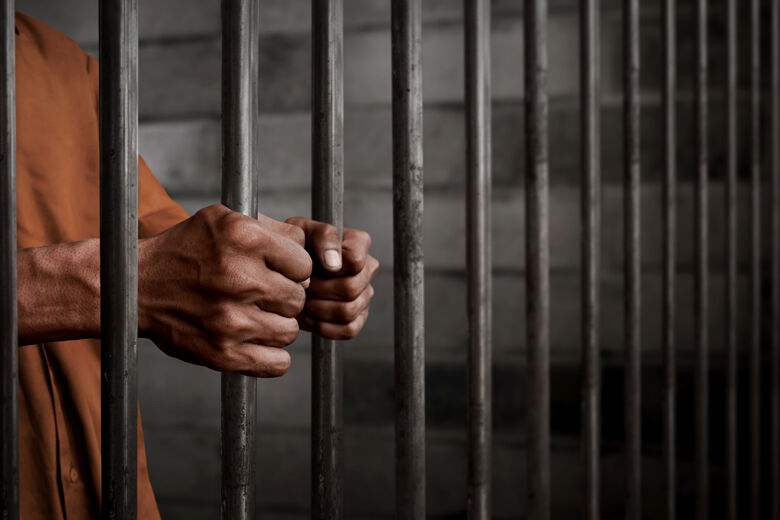-
Best Australian Pokies Best Payout
Play Free 777 Pokies Online
What Are the Best Australian Pokies to Win Big On
What Are the Best Online Pokies with Low Minimum Deposits for Real Money in Australia
New Australian Pokies Accepting PayID
What Are the Best Strategies to Win in Online Pokies with Bonus Rounds in Australia
Tips for Winning Top Australian Pokies
What Online Casinos Offer Free Play Pokies with Welcome Bonuses in Australia
Australian Slot Games
Payout Ratio Pokies with Welcome Bonus

Man in prison
COVID 19 pandemic significant effects on those incarcerated in US prisons
COVID 19 pandemic significant effects on those incarcerated in US prisons
The authors start by saying that the COVID-19 pandemic has had significant effects on those incarcerated in U.S. prisons.
In the next sentence, they report that “Incarcerated people have more comorbidities and less access to healthcare compared to nonincarcerated people, making them particularly vulnerable to illness and death associated with the virus (Hawks et al., 2020).
It is this second statement that has been surprised. Why do I say that is because “incarcerated individuals have guaranteed Constitutional Health care, which nonincarcerated persons. Discuss in a short essay (1 to 2 pages) how these authors explained or discussed this point.
Example of the most significant changes
Which federal, state, and local policymakers have taken meaningful steps to protect people in prisons and jails from COVID-19, and what exactly did they do? We created this COVID-19 policy tracker at the beginning of the pandemic to help the public understand what was — and wasn’t — being done to depopulate crowded prisons and jails and make them safer.
The big picture that this policy tracker reveals is grim: Lawmakers have failed to reduce prison and jail populations enough to slow down the spread of the coronavirus, causing incarcerated people to get sick and die at a rate unparalleled in the general public.
However, some individual state and local policymakers have recognized the urgency of the situation, and taken actions that show how we can release a large number of people from prison — a necessary step to ending mass incarceration. And some policy changes made during the pandemic — like eliminating cruel copays for incarcerated people — are ones we should demand be extended permanently.
Prisons increasing releases
We reported early in the pandemic that prisons were releasing almost no one. Almost 2 years later, it’s still true: We found that the moderate drops in prison populations in 2020 were the result of fewer admissions, not more releases. And shockingly, most parole boards granted fewer paroles during 2020 than 2019. The result? As of December 2020, 19 state prison systems were still at 90% capacity or higher.
And yet state prisons are filled with people with preexisting medical conditions that put them a heightened risk for complications from COVID-19. So far, we are aware of these state officials taking steps to reduce the prison population in the face of the pandemic:
State legislation
- The New Jersey legislature passed a bill (S2519) on October 19th, signed shortly after by Governor Phil Murphy, that allowed for people with less than a year left on their sentences to be released up to eight months early. More than 2,000 people were released on Wednesday, November 4th from state prisons, and an estimated 1,000 more people were released in the following weeks and months. (November 5)
Attachments
